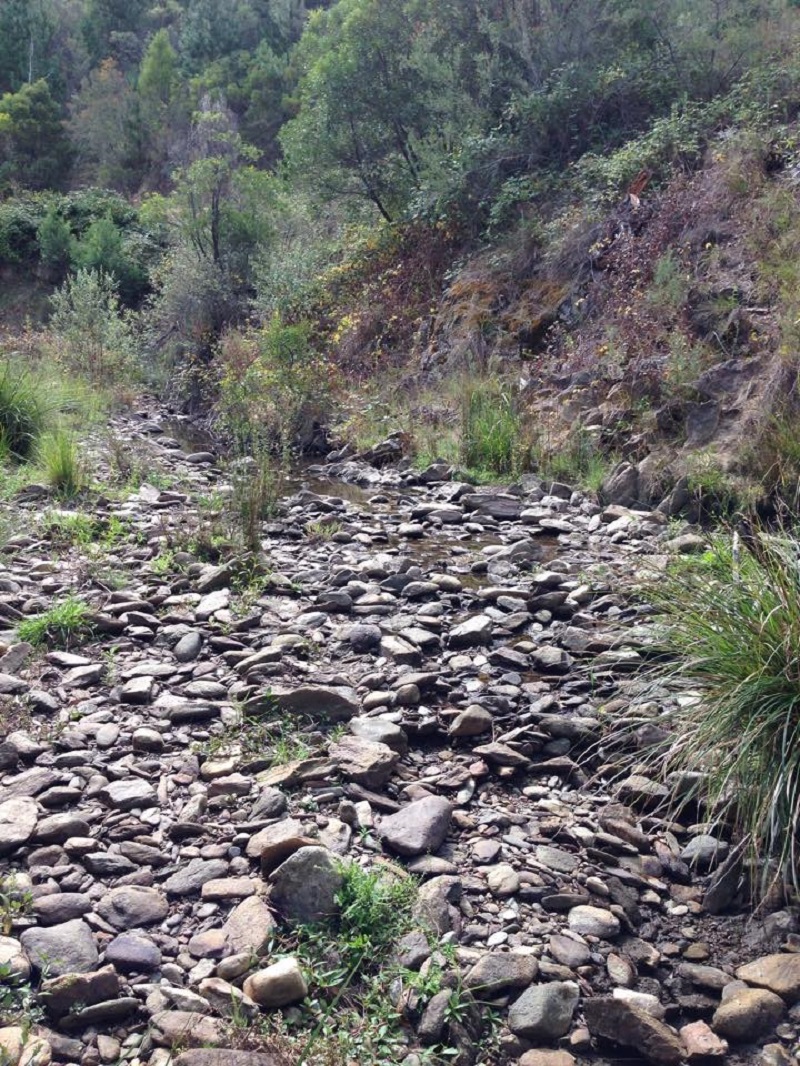Antony Perry and Liz Drummond
22 May 2018: Analysis of plant litter in seasonal streams has revealed the world’s river systems could be releasing much higher levels of carbon dioxide into the atmosphere than previously thought.
University of Canberra fresh water expert Dr Fiona Dyer recently participated in the first global study of the contribution that intermittent rivers – rivers that don’t flow all year round – make to carbon cycling.
The research, published in the scientific journal Nature Geoscience, found that intermittent rivers could increase daily carbon dioxide emissions from river networks by up to 152 per cent.
Dr Dyer said that previously, intermittent streams have not been considered when measuring how much the world’s river networks contribute to the release of carbon dioxide. She said their exclusion has led to a notable underestimation.
“A project of this scale is rare,” Dr Dyer, from the University’s Institute for Applied Ecology, said. “Collectively, we gathered more than 200 samples from around the world.
“By analysing such a number of samples, we have shown that these types of rivers are really important and significant contributors to global carbon dioxide levels.
“If we overlook these rivers, we essentially ignore emissions from at least 84,000 km of river channels.”
Almost half of the world’s rivers are intermittent. When they dry up, plant litter – mainly leaves and wood – accumulates in the dry river bed.
The research found that rewetting events – when rivers start flowing again – cause intense biological activity, leading to much higher levels of carbon entering the atmosphere when it is released from the litter.
Dr Dyer said the results showed that the amount of carbon being released during rewetting events was in the upper range of previously reported emission rates from fresh water systems and soils.
The estimates of daily carbon dioxide emissions from inland watercourses could increase by 7-152 per cent, according to the research, with one rewetting event contributing up to 10 per cent of this increase.
“The project demonstrates that rewetting of intermittent rivers is an important parameter to consider when applying carbon dioxide estimates to climate models,” Dr Dyer said.
“In turn, we need to better understand how our changing climate will increase the number of intermittent rivers, as well as impact the frequency and magnitude of re-wetting events.”
Dr Dyer collected samples from the Lees and Condor Creek in the Cotter Catchment (ACT), and Merrimajeel Creek in the Lachlan Catchment (NSW).
The research was led by the National Research Institute of Science and Technology for Environment and Agriculture, France, and is part of The 1000 Intermittent Rivers Project.



